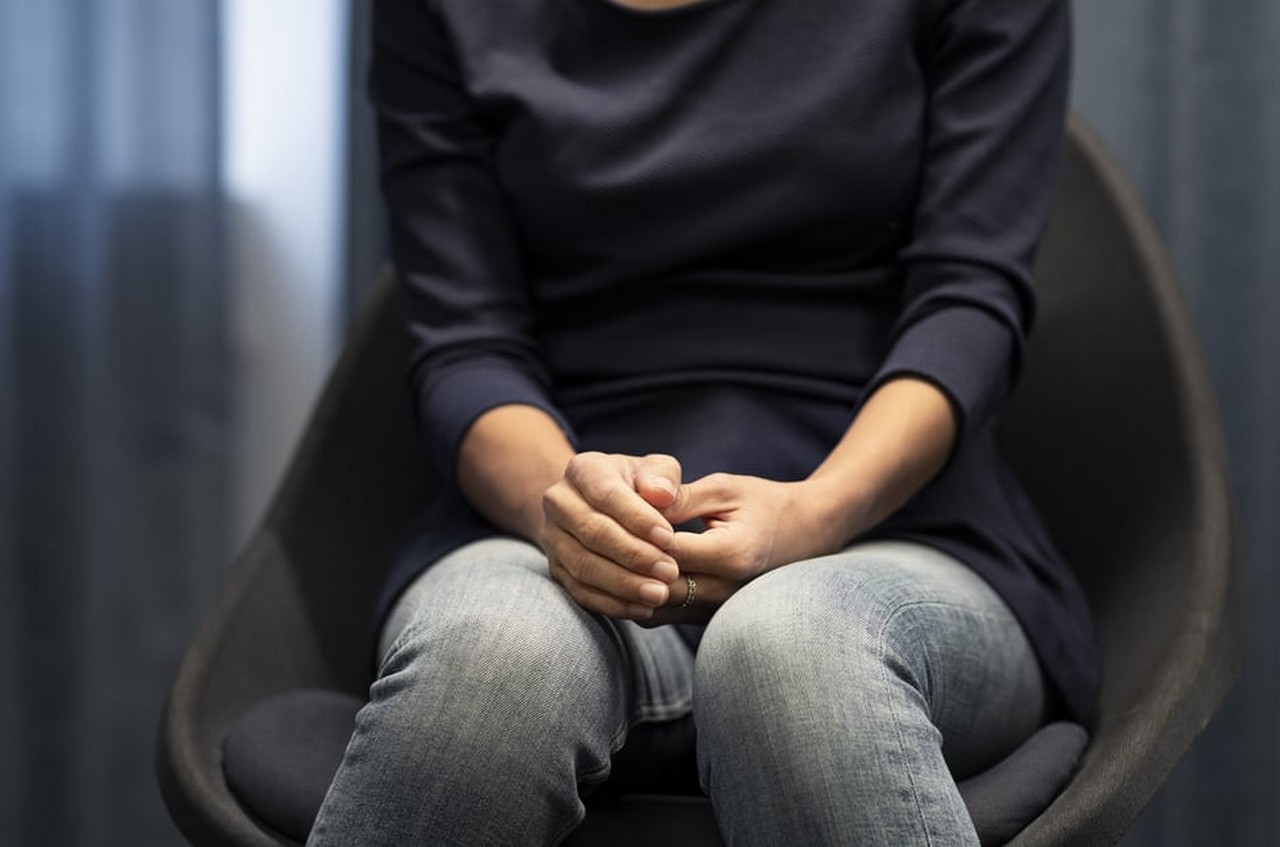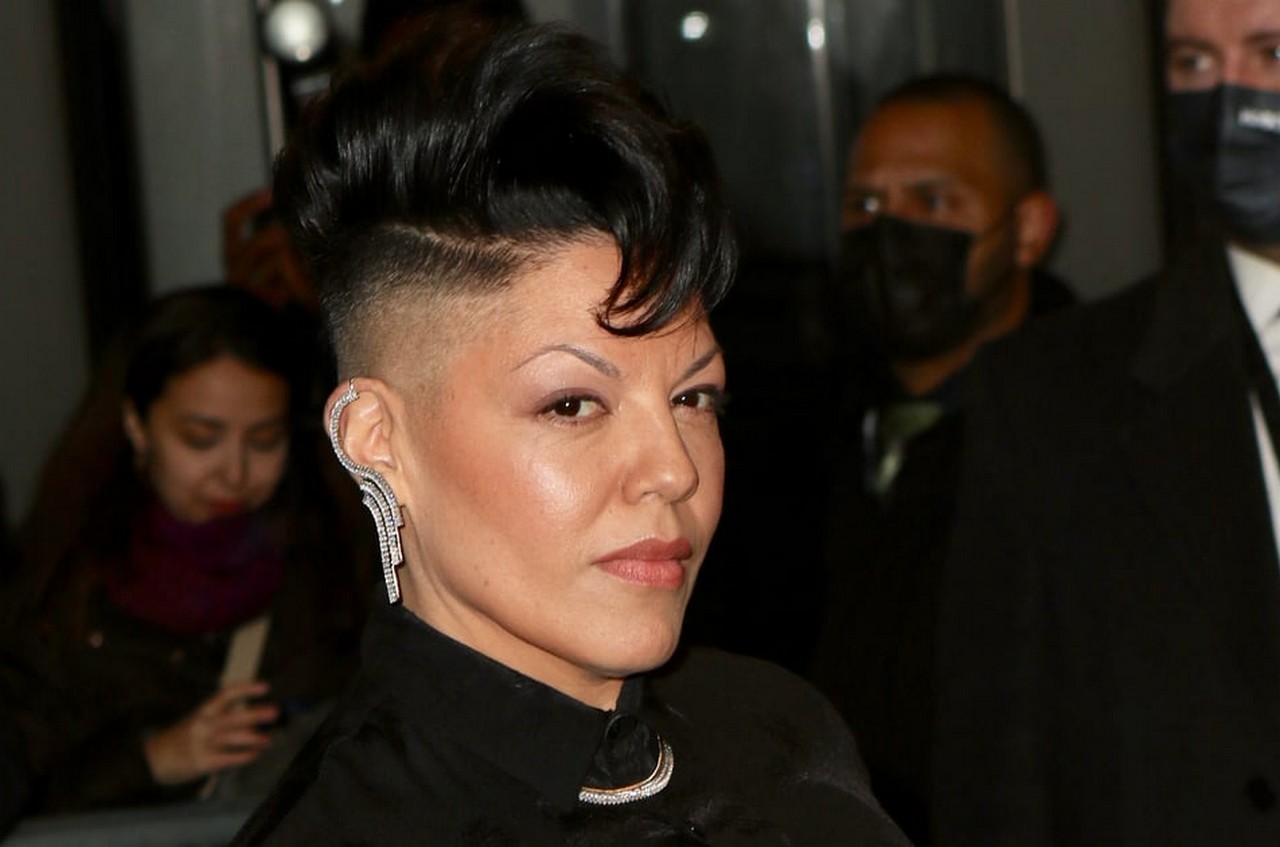
Though the term “psychosis” may be thrown around loosely, the diagnosis is often much deeper than describing someone’s erratic or abnormal behavior. According to the National Institute of Mental Health, a period of psychosis is what happens when an individual’s “thoughts and perceptions are disturbed” and they “have difficulty understanding what is real and what is not.”
In a psychiatric episode (sometimes referred to as “psychotic episode”), “people will experience audio and/or visual hallucinations, delusions, disorganized thinking and speech,” Akos Antwi, a psychiatric mental health nurse practitioner, tells POPSUGAR. However, one individual’s psychiatric episode will look different than another’s — as it depends on a myriad of factors, including the specific diagnosis.
For example, licensed clinical psychologist Janelle S. Peifer, PhD, explains that during a depressive psychiatric episode or crisis, “there can be increased suicidal thoughts, withdrawal, changes in sleep, or more emotional reactivity.” For a manic psychiatric episode, “you may see higher risky behaviors, excessive spending, and increased sexual risk-taking.” And for a schizophrenia or a psychotic episode, “people may hear voices, become paranoid, or begin to engage in behaviors that are concerning.”













